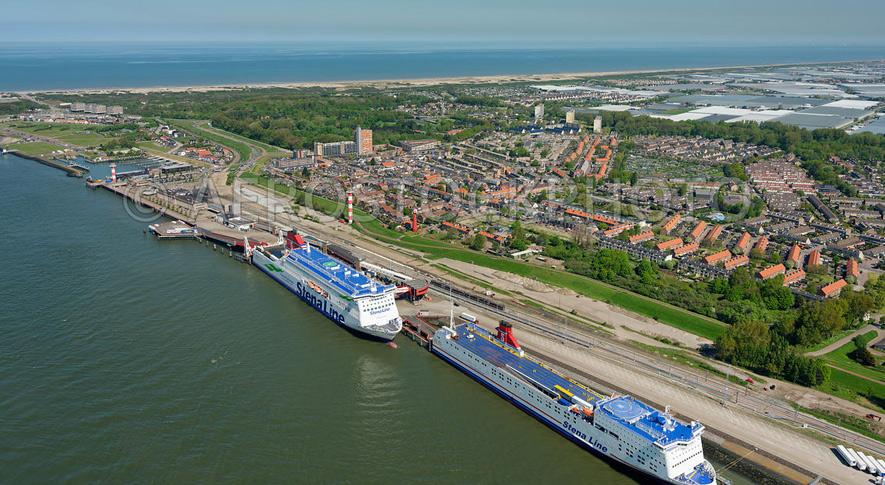Ferry tickets to Harwich

Harwich, the finest beach of Essex
It’s the northernmost town in Essex on the North Sea coast, in the Tendring district. In 1657 it became a naval base. The city is at the mouth of rivers Stour and Orwell and it is the safest anchorage for ships from Humber to Thames. This is the second busiest ferry port in the UK.
See routes, information and book ferry tickets to Harwich with just a few clicks through Let’s Ferry.
Attractions in Harwich
• The Harwich Redoubt Fort is a circular fort that was built in 1808 to protect residents from invasions. Today it is used as a small museum where you can see cannons.
• Visit the house of Christopher Jones. He was the captain of the legendary ship Mayflower. It’s the ship that, back in 1620 made the first trip from England to the New World, which later became known as America.
• Visit the famous lighthouse duo, the High Lighthouse and the Low Lighthouse. At the first one you can visit the museum with the life history of the past residents of the lighthouse. The second one houses the Maritime Museum of Harwich.

The beautiful port of Harwich
Activities in Harwich
• Have a swim at the best beach of Essex, the Dovercourt Bay Beach. There are plenty of water sport facilities here like jet ski, paddle boarding, SUP, sailing and windsurf.
• Book a seal watching tour at the sea area from Harwich to the Hamford Water National Nature Reserve. If you are lucky you may see up to 70 seals in just one tour!
• Walk or have a meal at the photogenic Ha’penny Pier.
Access to Harwich: You can reach the port by train, bus, plane or ferry. Stansted’s airport is 80 km from the port.
Cambridge is 125 km away. Harwich to Cambridge by car is 1,5 hours.
Oxford is 220 km away. Harwich to Oxford is 2,5 hours by car.
London is 140 km away. Harwich to London is 2 hours by car.

Sea view at Harwich
Only in Harwich: Join the annual Guy Carnival, an alternative carnival that has been through many changes during the years. It started in 1854 from new workers at the Royal Naval Shipyard as they demonstrated on the streets with messages and complaints towards their bosses. These demonstrations were peaceful and protesters sometimes held placards with humorous messages, torches or boat miniatures. The carnival took its name after Guy Fawkes, who was arrested on November 5th in 1605 for taking part in the Gunpower Plot. These days the carnival is a local celebration where people wear costumes and hold placards with messages regarding local issues and personalities.
Information about the port of Harwich
Information about the port of Harwich
The port is connected to the Hook of Holland. The national currency is the British pound and you will need a passport in order to travel here.
Facilities at the port of Harwich: Free Wi-Fi, information office, currency exchange, waiting lounge, ATM, post office, restaurant, cafe, supermarket, car rentals, snacks vending machine, facilities for the disabled, paid parking.
Useful phones, Harwich
Port: +44 (0)1255 242000
Hospital: +441255879400
Police: +441394604747
